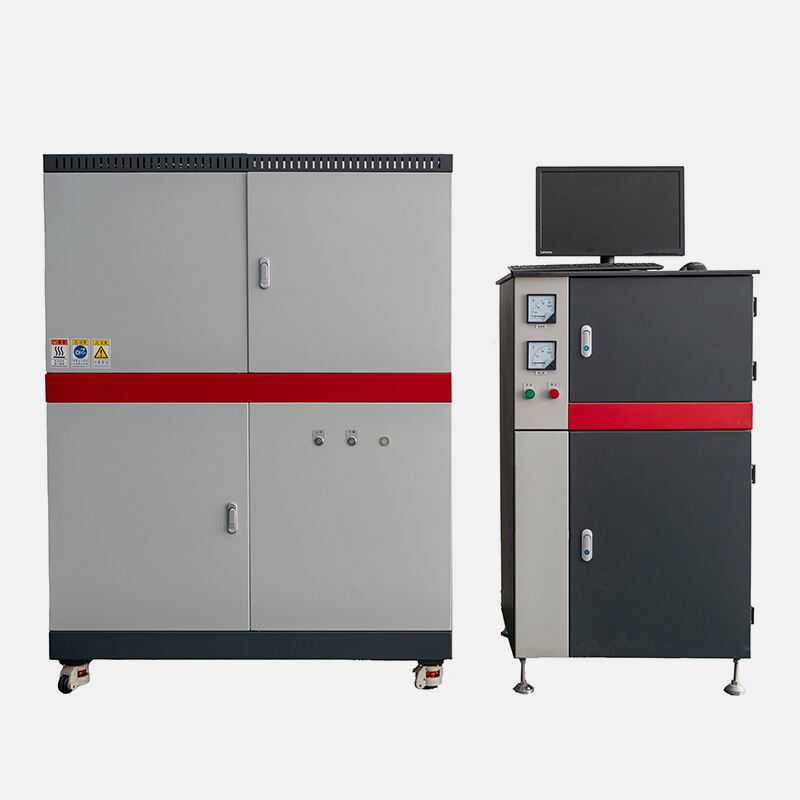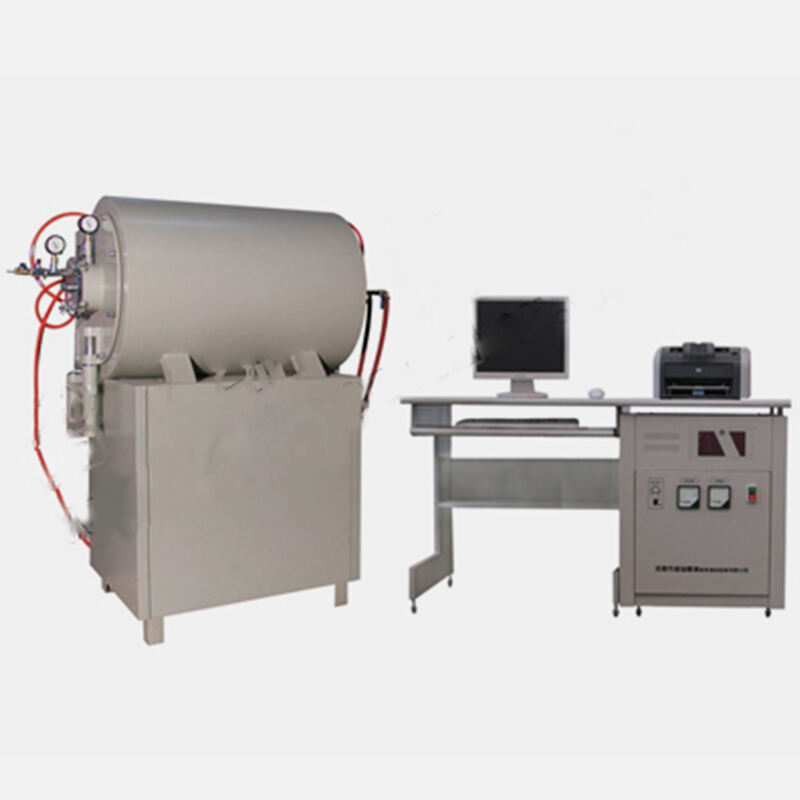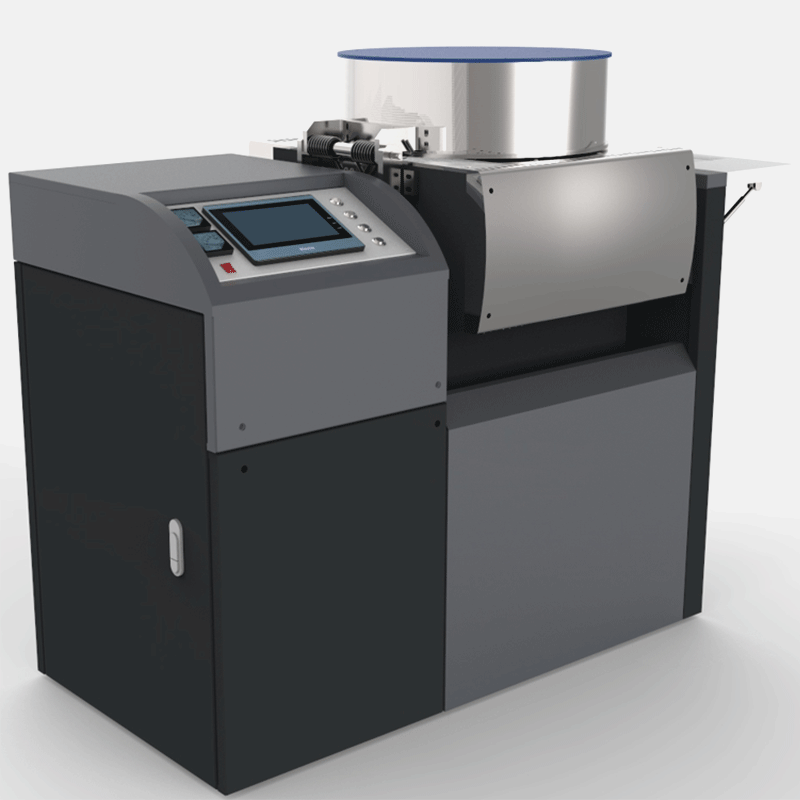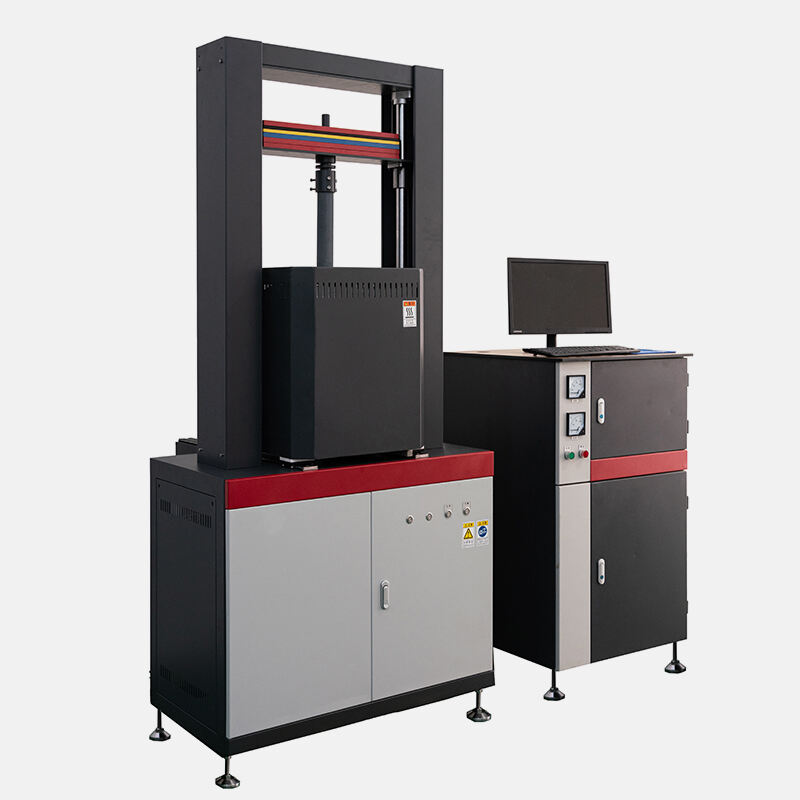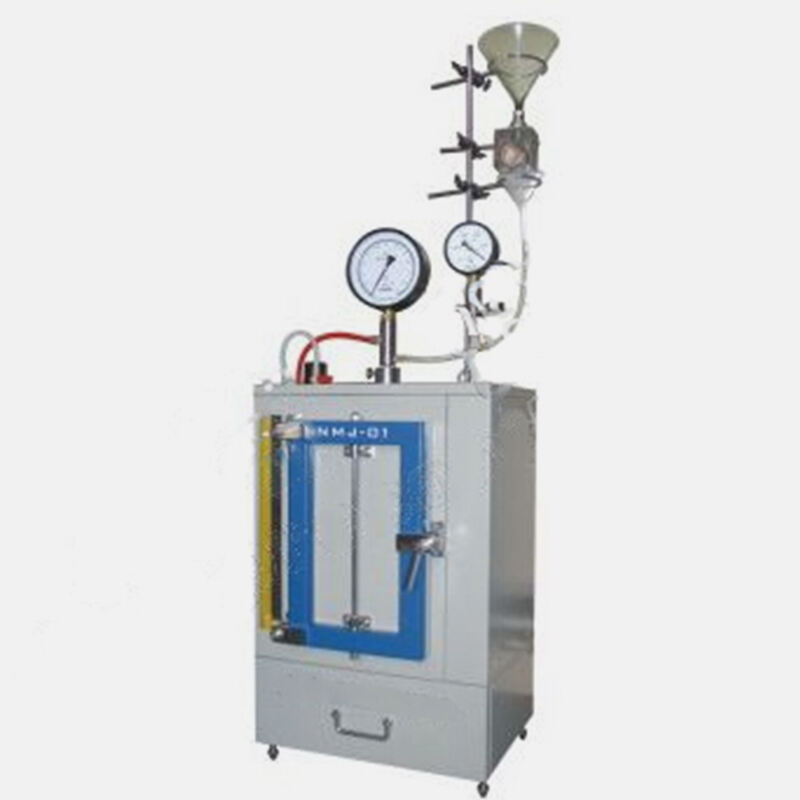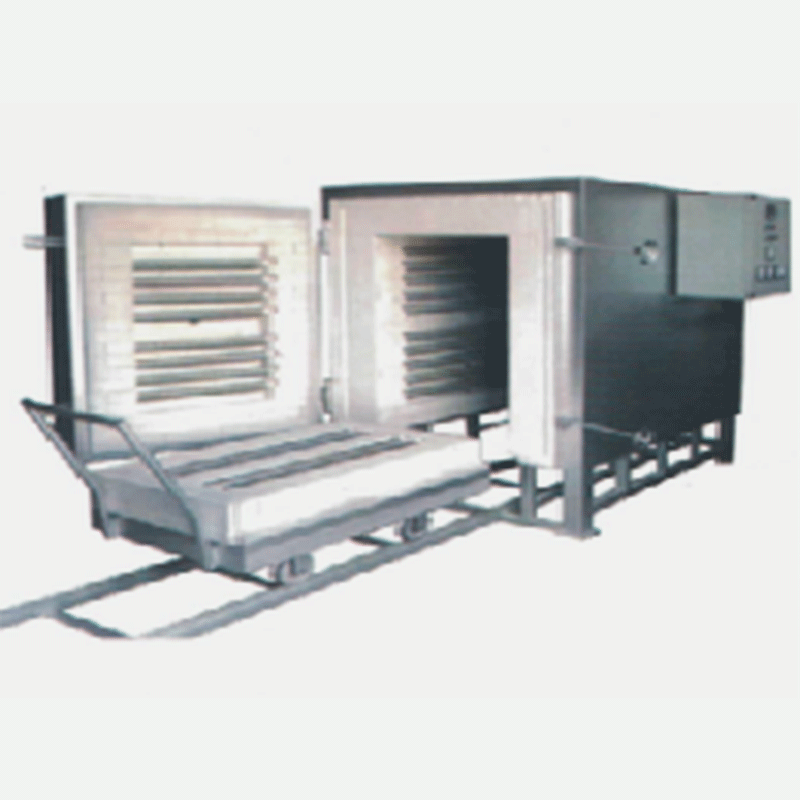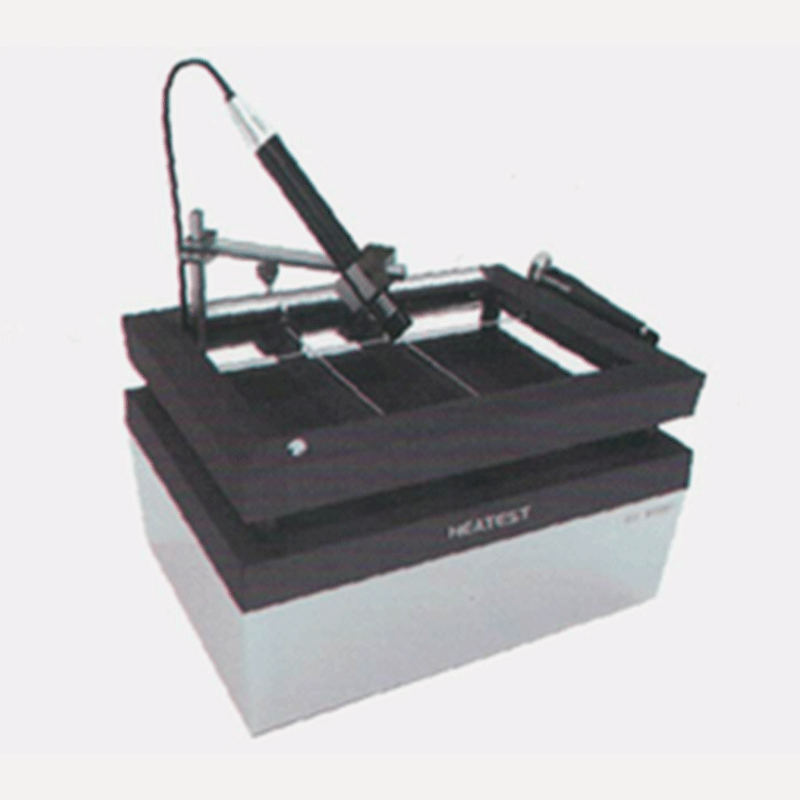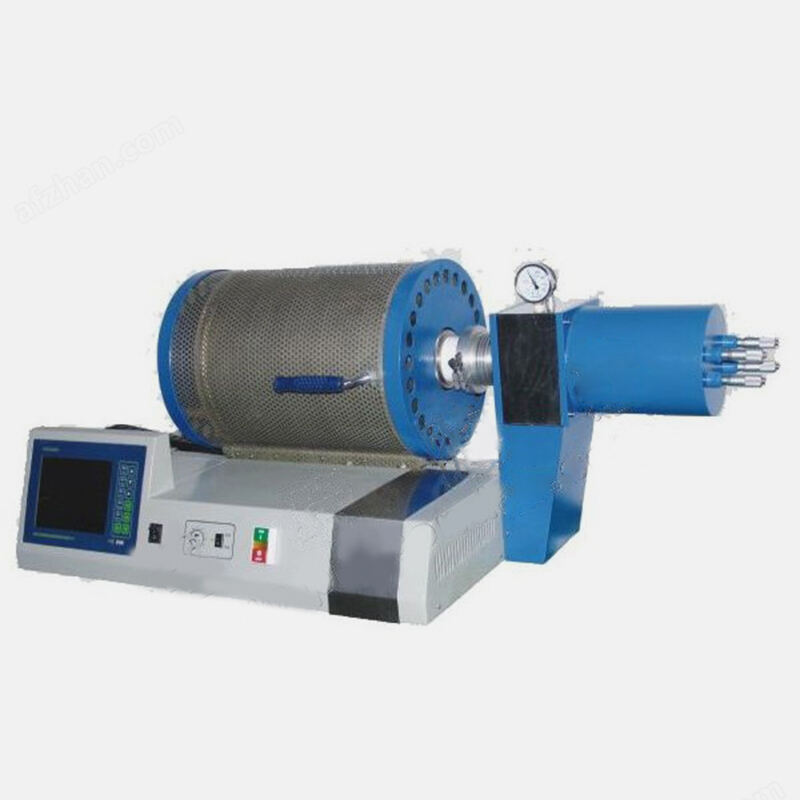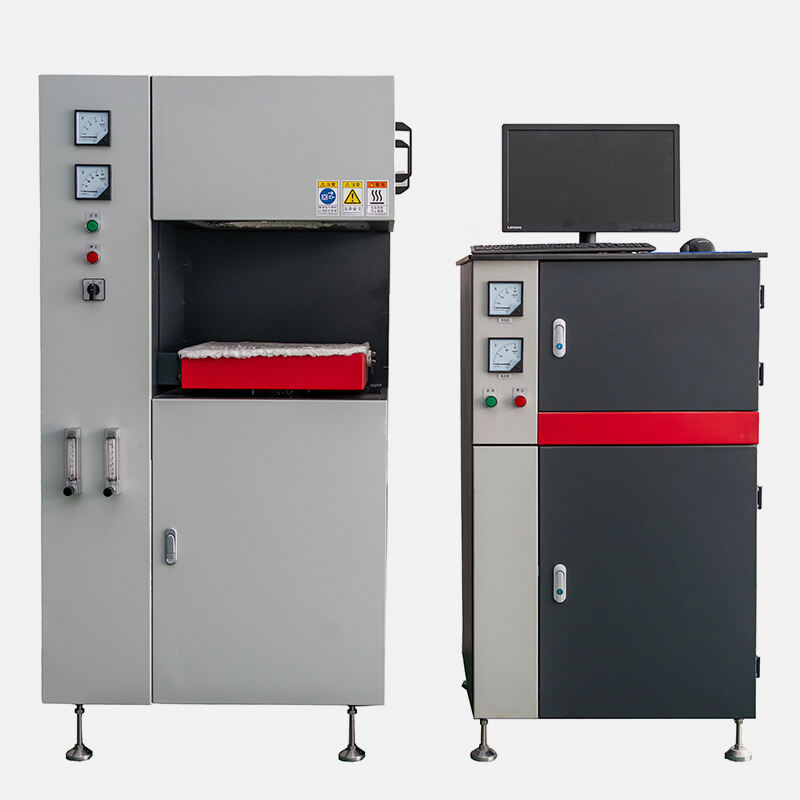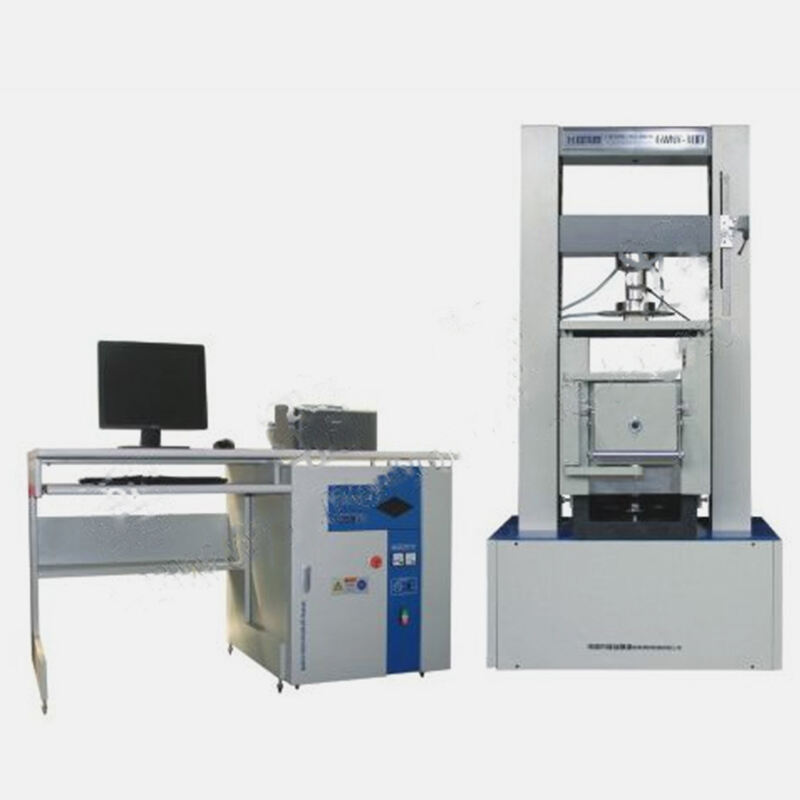Understanding Fusion Sample Preparation for X-ray Fluorescence Analysis
There are two sample preparation methods at present: tableting and melting. The melting method is recognized as the advanced sample preparation method in the world. Tableting: After the sample is crushed, it is pressed into a disc and can be analyzed. The sample preparation time is short, and the report can be issued in 5 minutes. However, due to the particle size effect, matrix effect and mineral effect, the analysis accuracy is low.
1. Advantages of melting method for sample preparation:
Currently, there are two sample preparation methods: tablet pressing and melting method, and melting method is recognized as the world's advanced sample preparation method.
Plate pressing method: After the sample is crushed, it is pressed into a disc and can be analyzed; the sample preparation time is short, and the report can be issued in 5 minutes. However, due to the particle size effect, matrix effect and mineral effect, the analysis accuracy is low.
Melting method: The sample and the boride flux react chemically under high temperature heating, and the elements in the sample are converted into borates to obtain uniform, flat, smooth and transparent glass sheets; and the particle size effect, matrix effect and mineral effect can be reduced, and the analysis accuracy is high.
3. Basic process of melting sample preparation:
1) Sample pretreatment:
A. The grinding particle size does not exceed 200 mesh.
B. After burning at 600-700℃, store in a dryer.
2) Sample weighing: The sample weighing accuracy is required to reach 0.1 mg.
3) Formula: Different samples must follow different formula methods. Such as:
Iron ore: ore sample/flux = 1/15
Bauxite: ore sample/flux = 1/5
4) Mixing: Must be mixed evenly with a glass rod and immediately placed in a dryer.
5) Melting sample: According to different ore samples, set the corresponding temperature (accuracy ±1℃) and time (accuracy ±0.001 seconds).
6) Taking slices: Do not touch the measured surface, put it in a drying container for standby.
4. Melting sample preparation is suitable for the following industries:
1) Mining: ore, concentrate, dust, metal oxide film, slag, etc.
2) Kiln industry: cement, limestone, dolomite, glass, quartz, clay, refractory materials, etc.
3) Iron and steel industry: iron ore, coal, converter, blast furnace, electric furnace slag, etc.
4) Nonferrous industry: alumina, bauxite, copper ore, etc.
5) Chemical industry: catalysts, polymers, etc.
6) Geological soil: rocks and soil.
Recommended Products
Hot News
-
The trusted choice of African mining giants! Nanyang JZJ Testing injects refined "core power" into Zimbabwe's gold mining industry.
2025-12-08
-
Working principle and application range of ambient temperature abrasion tester
2025-11-07
-
The main reagents used in fire assay and their functions
2025-10-13
-
Let you know about fire assay ash blowing furnace
2025-09-23
-
Refractoriness under load (RUL) and creep in compression (CIC) testing machine common troubleshooting
2025-08-25
-
How to use X-ray fluorescence fusion machine in refractory industry?
2025-08-18
-
What materials are suitable for high temperature muffle furnace testing?
2025-08-14
-
Working together to create a better future: Indian partner Ants Prosys visits JZJ Testing's production base
2025-08-04
-
Automatic mold melting machine - innovative equipment to improve experimental efficiency
2025-07-22
-
Operation method and precautions of high temperature expansion instrument
2025-07-14

 EN
EN
 AR
AR
 BG
BG
 FR
FR
 DE
DE
 HI
HI
 IT
IT
 PL
PL
 PT
PT
 RU
RU
 ES
ES
 TL
TL
 IW
IW
 ID
ID
 UK
UK
 VI
VI
 TH
TH
 TR
TR
 FA
FA
 MS
MS
 UR
UR
 BN
BN
 KM
KM
 LO
LO
 PA
PA
 MY
MY
 KK
KK



